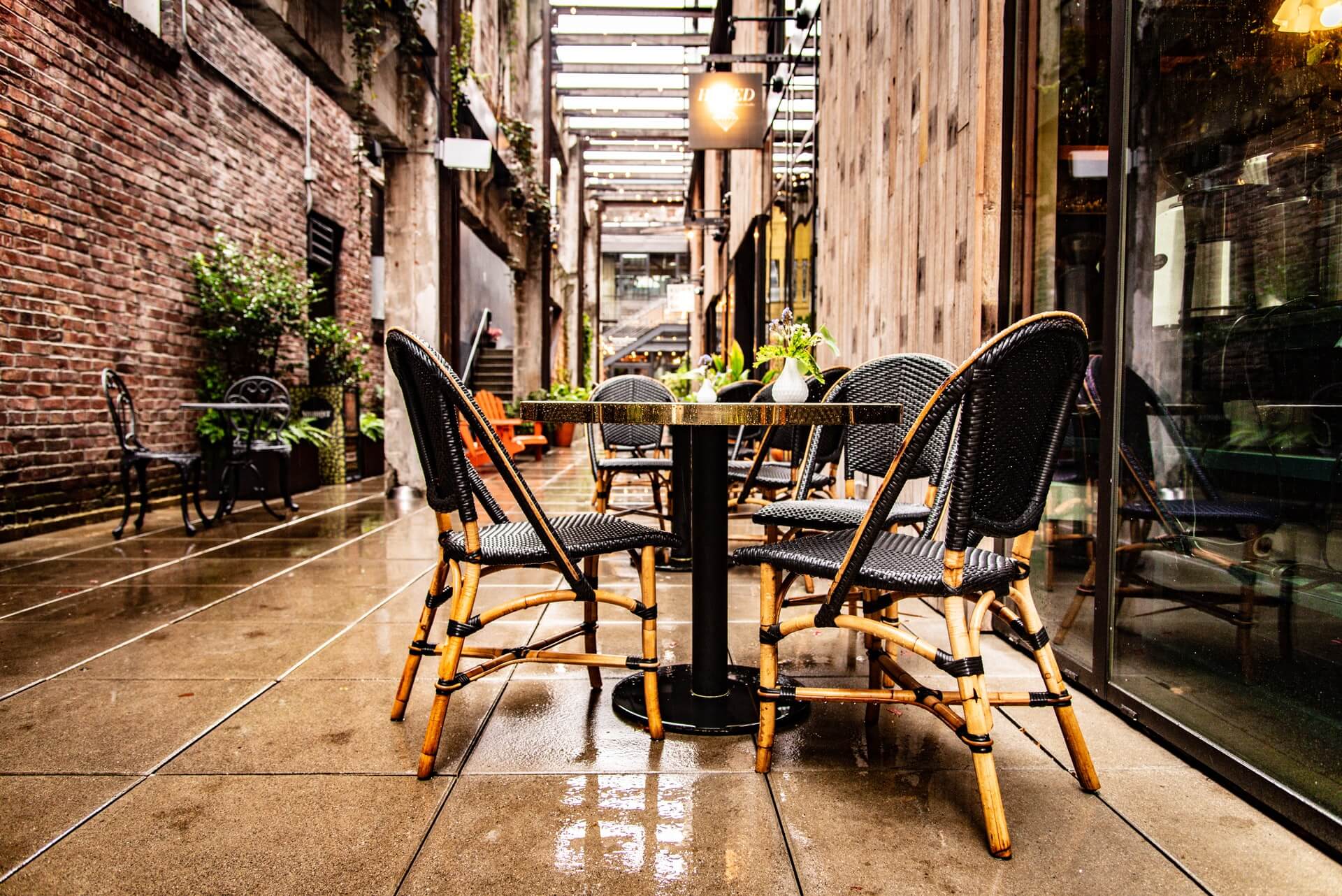Prepare for a Luxe Life Summer
by David Klemt

When we think of restaurant and bar tech and platforms, we tend to think of POS and inventory solutions. But what about guest-facing services?
We’re all familiar with online ordering, reservation, and review platforms. What I’m talking about is guest-facing tech that focuses on the luxury lifestyle.
For those living the high-roller life, every convenience is at the tap of an icon, including private jets, helicopters, yachts, and luxury and exotic vehicles.
What does any of this have to do with hospitality? Anyone who serves or courts high-net-worth guests needs to understand how they live and what they expect. This is even more important as summer approaches, vaccine rates improve, and pandemic guidelines relax.
Additionally, there are partnerships and marketing opportunities for operators and luxury lifestyle platforms.
Flight
Flying private isn’t solely the domain of those who can afford to shell out several million dollars for the plane of their dreams.
The proliferation of the sharing economy means people can hop on a charter flight for a fraction of the cost.
Blade
Do you hate waiting in traffic, even if you’re not the one doing the driving? Wish you could just jump into the air and leapfrog a sea of cars keeping you from, say, an airport? With Blade, you can summon a helicopter and make your flight in minutes.
JSX
Formerly known as JetSuite X, JSX serves the western region of America and Texas. If the thought of flying commercial is unbearable at the moment, JSX makes it easy to jump onto a 30-seat set via private terminals for non-stop flights.
NetJets
We’ve all been there: We want our own private jet but it’s just slightly out of reach at the moment (by many millions of dollars). NetJet gives people fractional ownership of private jets and provides top-notch, personal service. The company’s fleet includes everything from six-passenger Embraer Phenom 300 jets to the high-speed, long-range 14-passenger Bombardier Global 7500.
Wheels Up
This company offers three levels of membership: Connect, Core and Business. Wheels Up is more than a transportation app—they’re a lifestyle brand. The company offers membership perks such as exclusive events and concierge services, which should be of particular interest to hospitality operators.
Float
There are a couple of tropes that come along with boat ownership. One is that the two happiest days for a boat owner are the day they take possession and the day they get rid of it.
And then there’s the classic “definition” of a boat: “A hole in the water into which one throws money.”
However, much like one can dial up a helicopter or grab a seat on a Gulfstream, people can now charter a yacht for a fraction of boat ownership. Choose the yacht that meets your yachtin’ needs, board it, and crank the yacht rock.
Float
Any boat that someone uses for cruising, leisure, pleasure or racing is a yacht. So, the yacht life isn’t exclusively for ocean-going vessels. Float lets customers “rent the lake life,” connecting boat owners with people who want to rent boats on lakes. One of the best parts of Float is that it doesn’t, as far as we can tell, cost thousands of dollars per day to rent a boat via the platform.
GetMyBoat
This is a huge platform. We found more than 12,100 boats available in America, more than 4,400 in Australia, and well over 28,000 in Europe on GetMyBoat. Given the size of the platform, there’s a large swing when it comes to rental costs, which makes sense. For instance, there was a 21-inch Sea Hunt Ultra 210 for $44/hour (four-hour minimum) in Virginia and a 40-foot VanDutch Ultra Luxury Yacht for $4,000 for eight hours.
YachtLife
Serving an array of locations with a rather impressive portfolio of boats, YachtLife offers three membership levels catering to various needs. Beyond living the yacht life, the company provides perks and specials from their partners. This platform should be of particular interest to our Florida and Eastern Caribbean clients.
Four Wheels
So, someone grabs a helicopter to a private hangar, looking forward to lounging on the their rental yacht.
Sure, they could take a limo to the marina, or they could use the car service their plane or boat membership offers.
But they could also decide to drive themselves. Obviously, not just any car rental will do.
Turo
There are various Porsches and Mercedes listings on Turo that cost well under $200 a day. But for those looking for something exotic, a Lamborghini Huracan is around $1,000 per day, and an Aventador is around $1,400. You can’t show up to the marina behind the wheel of just anything, right?
Image: Jakob Rosen on Unsplash











